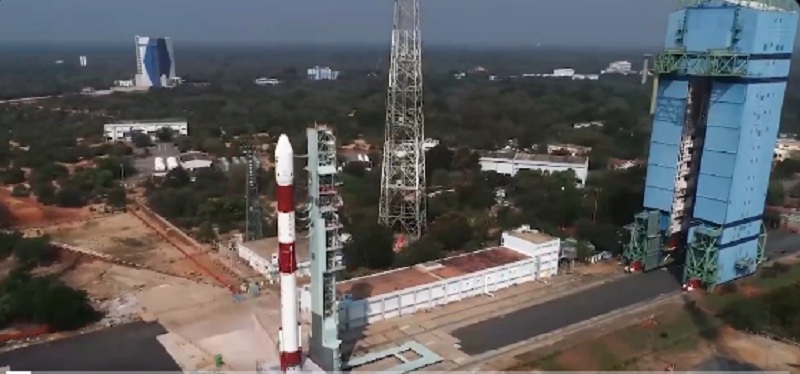The Indian Space Research Organisation (ISRO) will launch its year-end mission, the Space Docking Experiment (SpaDeX), on Monday.
India is set to make history with the groundbreaking mission that will demonstrate the complex art of satellite docking in space.
The mission will be launched at 10.15 pm from the Satish Dhawan Space Centre in Sriharikota, Andhra Pradesh.
🎉 Launch Day is Here! 🚀
Tonight at precisely 10:00:15 PM, PSLV-C60 with SpaDeX and innovative payloads are set for liftoff.
SpaDeX (Space Docking Experiment) is a pioneering mission to establish India's capability in orbital docking, a key technology for future human… pic.twitter.com/147ywcLP0f
— ISRO (@isro) December 30, 2024
“Tonight at precisely 10:00:15 PM, PSLV-C60 with SpaDeX and innovative payloads are set for liftoff. SpaDeX (Space Docking Experiment) is a pioneering mission to establish India’s capability in orbital docking, a key technology for future human spaceflight and satellite servicing missions,” ISRO posted on X.
This mission represents a critical milestone in India’s space exploration capabilities.
The mission involves launching two specially designed satellites, each weighing approximately 220 kg, using the workhorse Polar Satellite Launch Vehicle (PSLV) rocket.
These satellites, named Chaser (SDX01) and Target (SDX02), will attempt to dock at an altitude of 470 kilometers above Earth.
This technological feat is particularly significant as only three countries – Russia, the United States, and China – have previously mastered such intricate space docking techniques.
The primary objective of the mission is to develop and demonstrate the technology needed for rendezvous, docking and undocking of two small spacecraft in a low Earth circular orbit.
ISRO will utilise a specially designed docking system that meets international docking standards, showcasing India’s innovative approach to space technology.
The mission will also leverage the PSLV’s fourth stage (POEM-4) to host 24 scientific experiments, further maximizing the mission’s scientific potential.
By successfully executing this mission, India will become the fourth country globally to achieve advanced docking technology.















